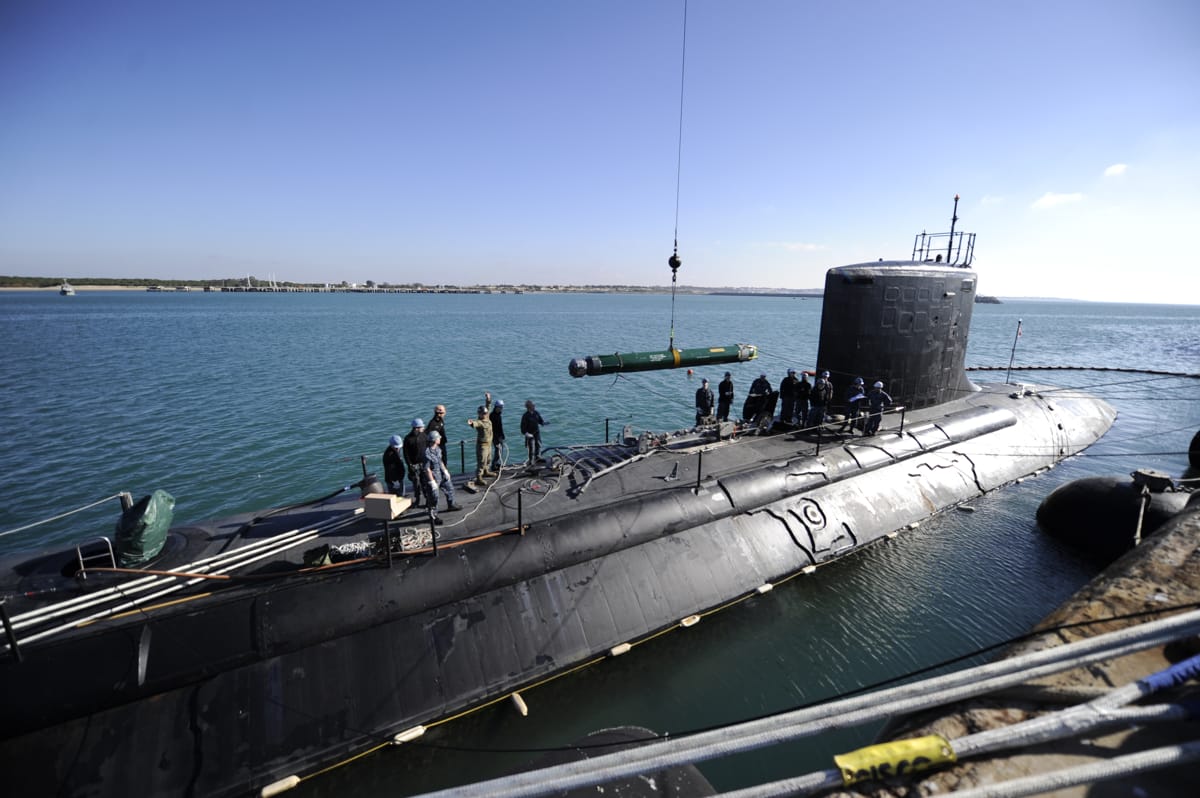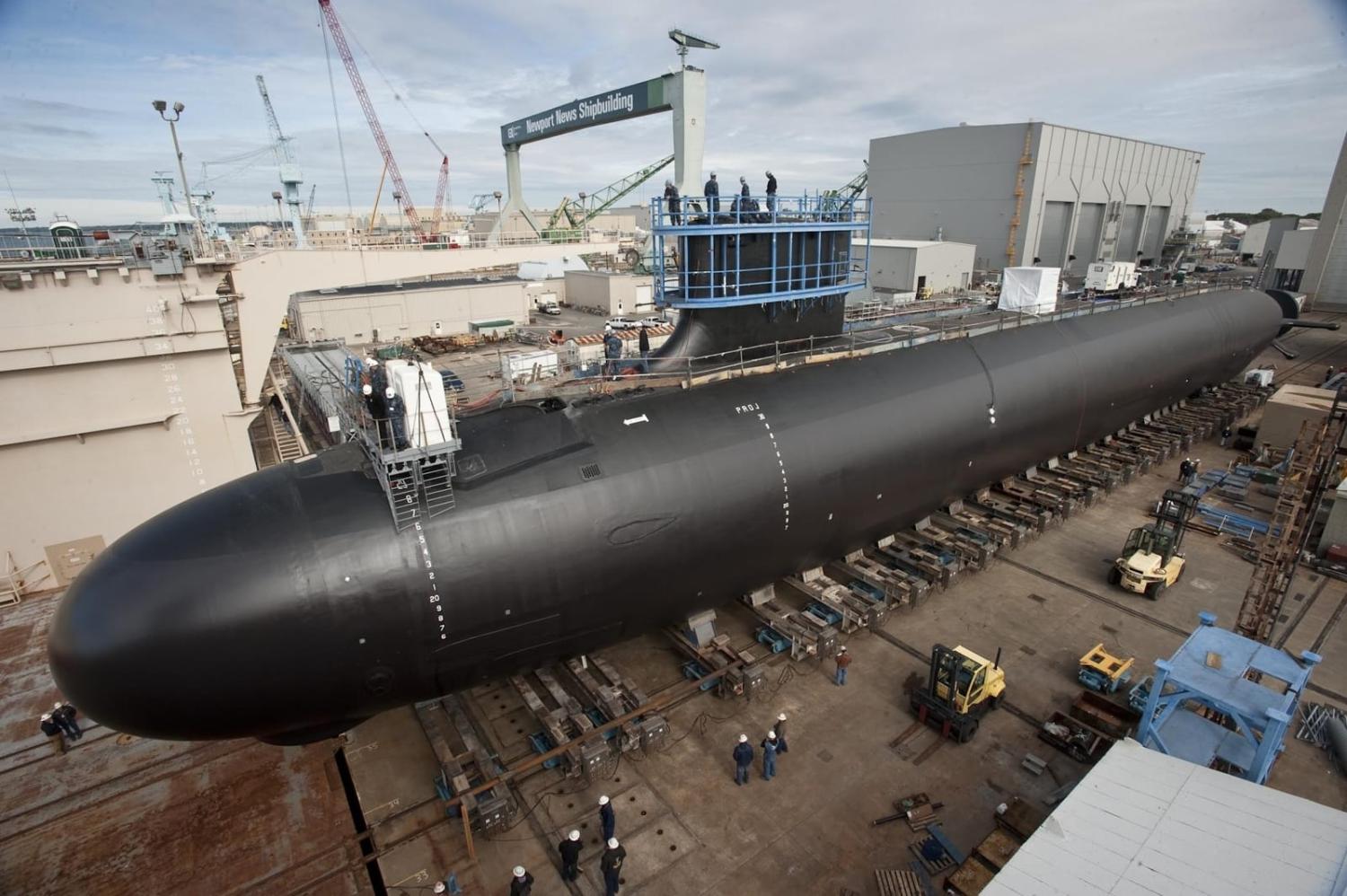The AUKUS security pact is an ambitious undertaking. The sale of three to five Virginia-class nuclear-powered attack submarines (SSNs) to Australia in the early 2030s would be just the second time the United States has shared the “crown jewels” of its military technology with another country.
But today the industrial base for the construction of US submarines can’t meet the force level requirements of its own navy, much less sell several of its most valuable warfighting assets to an ally. And if current projections hold, things are going to get worse before they get better. It is unlikely the United States will be able to deliver SSNs within the timeline laid out for AUKUS Pillar I.
The lamentable state of the submarine industrial base can be traced back to decisions made after the Cold War, specifically when Congress didn’t authorise the construction of any SSNs from financial years 1992 to 1997 as part of the “peace dividend.” Like the rest of the defence industrial base, the submarine component shrunk considerably as shipyards and suppliers rationalised production lines. The General Dynamics Electric Boat shipyard – one of the two shipyards responsible for SSN construction – shed 80 per cent of its workforce between peak demand in the early 1980s to 1998. Even when procurement resumed, Congress only authorised the procurement of 12 SSNs between financial years 1998 and 2010 – less than half the number of boats ordered since 2011. Despite the current need for more SSNs, reversing decades of industrial contraction and weak demand won’t happen overnight.
The implications are apparent in the Navy’s FY 2024 30-year shipbuilding plan. The SSN force will decrease from 49 today to 46 by 2030 – far short of the Navy’s current force level goal of 66. The Navy only reaches this goal under one funding scenario in this shipbuilding plan, but not until 2049. Under the three funding scenarios presented, the SSN force doesn’t increase to 50 until 2032 at the earliest (and it drops to 49 the next year before rebounding again). To compensate for the sale of three to five SSNs to Australia, US shipyards would need to increase production from 1.2 to 2.33 boats per year. But according to Navy officials, they won’t start producing 2 boats per year, the current production target, until 2028.
US submarine capabilities in the priority theatre look even more limited when considering that only 25 are listed under the command of the Pacific Fleet, according to the Naval Vessel Register. Given that just 31 SSNs in the entire force were operationally ready in FY 2023, the number available to fight in in the Pacific is likely much less than that.

The strategic logic behind AUKUS is compelling. As former State Department official Charles Edel wrote in Foreign Affairs last year, the purpose of AUKUS is “to empower America’s key allies and, in doing so, give them increased capacity to play a larger role of their own in Indo-Pacific security.” However, given current production constraints, empowering Australia through the sale of scarce SSNs will come at the cost of depriving the Navy of an essential warfighting capability.
While Australia is a top US ally, it isn’t guaranteed that Canberra will join Washington in responding to a China-related contingency. Shortly after the March 2023 “optimal pathway” announcement, Australia’s Defence Minister Richard Marles said his government had “absolutely not” made a deal with the United States to join a fight over Taiwan as part of AUKUS. Indeed, a core selling point for AUKUS supporters in Australia is that Canberra will retain full sovereign control over how, where, and when it deploys its SSNs.
Washington and Canberra are strategically aligned, but that doesn’t mean there isn’t or won’t be daylight between them at times. Closing these gaps will require a deeper level of defence planning and military coordination to jointly uphold deterrence and manage crises – something which should be done whether SSNs are sold to Australia or not. Yet, regardless of how advanced US-Australia defence coordination becomes, US policymakers can’t afford to transfer a scare capability that it would have no sovereign control over during a crisis.
As 2030 comes into view, those same US policymakers will be hard pressed to shrink the SSN force more than it already will be. AUKUS enjoys bipartisan support in Congress but voices on both sides of the aisle have warned that SSNs cannot be sold to the detriment of the Navy’s needs. There is the possibility that the submarine industrial base turbocharges production with additional funding, hiring the 130,000 additional workers it needs over the next decade, and not experiencing any major supply chain disruptions. Scaling up production this quickly is a tall order though.
Washington and Canberra should begin exploring alternatives for how to make Pillar I work. This could include deferring the sale of SSNs to the late 2030s, having more US SSNs operate out of Australia, or selling B-21 bombers instead. Although these options fall short of the original design for AUKUS, they are more feasible than what Pillar I is currently demanding from the US submarine industrial base.

